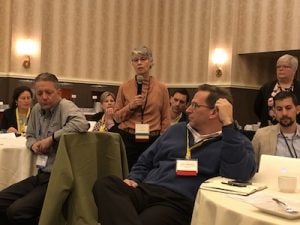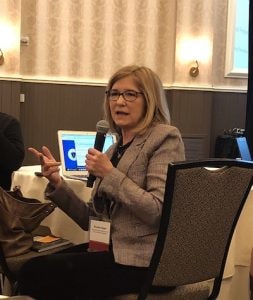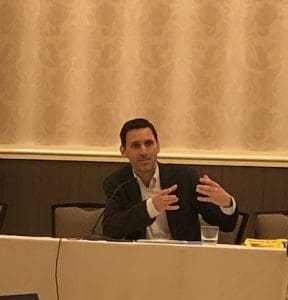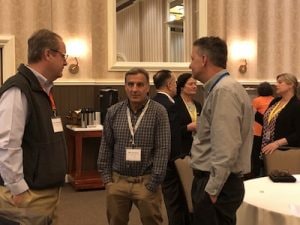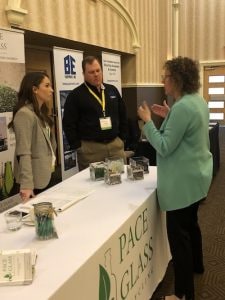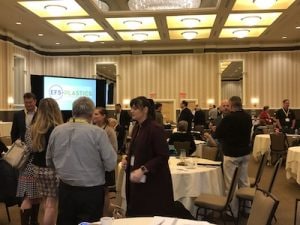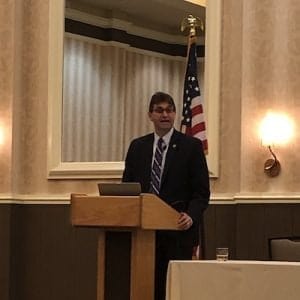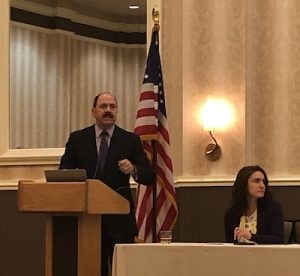The Northeast Recycling Council’s Spring Conference convened at the chase center on the riverfront in Wilmington, DE this week to discuss all things recycling and to address the challenges and hear how different municipalities, states, government entities and other private companies are dealing with current trends as well as possible solutions. The most surprising comment I heard at the conference was that there are markets for plastics in the U.S. With everything in the news stating that recycling is dead, material goes to the landfill, that we have a problem that can’t be fixed, recycling processing companies such as KW Plastics, Buckeye Polymers and EFS-Plastics are attempting to bust the myths that are being perpetuated by many media sources. As the Keynote speaker, Michael Hoffman of Diversified Industrials Research, stated, “Recycling is not dead, it is an opportunity – we just have to fix the economic model.” Now, the plastics that are collected must be cleaner than what we were sending to overseas, but the collection and processing can be done.
A common theme throughout the first day was not only do we have to change the behaviors of the consumers through education and reinforcement, but companies also need to make an investment and a change in infrastructure on the MRF side. Ronald Chislow, President and COO of Buckeye Polymers, commented that the higher the investment, the higher the value of material. He stresses that you must do your homework – confirm much volume you are making, do you want to invest, is it worth it, and that we need to help drive more reality into the claims that are being made. Both John Powell of the Closed Loop Partners and Tom Outerbridge of SIMS Municipal Recycling also emphasized from a municipalities’ perspective to make sure that you are communicating with your MRF and residents to ensure that they are taking the material collected and that you understand the overall markets, that you are being diligent in educating the public, especially on what contamination is, and work with stakeholders in order to ensure success. Hoffman made an important point, stressing that automation is not the only solution, it is a only a partof the solution, and that we have to change the dynamic of education.
In the afternoon, the conversation turned to glass and paper recycling. Attendees heard from Mark Nelson at Strategic Materials, Jonathan Gold at The Gold Group Recycling Consultants, Brian Hawinson of the AF&PA and Bill Schlenger from Soundview Paper. Nelson emphasized that the National Sword ruling did not affect glass recycling and although it is treated as an ugly stepchild of recycling because it is easier to cut the material out of collection and recycling, that there are still markets for glass and can be valuable with the right processes. He went on to comment that glass has most likely been the most stable commodity in the materials stream for the past 5 years.
As far as paper recycling, Hawinson stressed that the AF&PA has an industry goal of 70% by 2020. The organization believes in increasing paper recovery, not content mandates. Therefore, recovered fiber markets are not served by regulations. Demand is on the increase up 2.2% or 684,000 tons in 2017 with a growth in packaging and tissue. Schlenger echoed the statistics by stating that MRFs are retrofitting their plants to sort to cleaner specification and making capital expenditures for higher grades of paper.
Focusing on PCR today, I am looking forward to hearing another perspective in this interesting conversation. #nercconference

